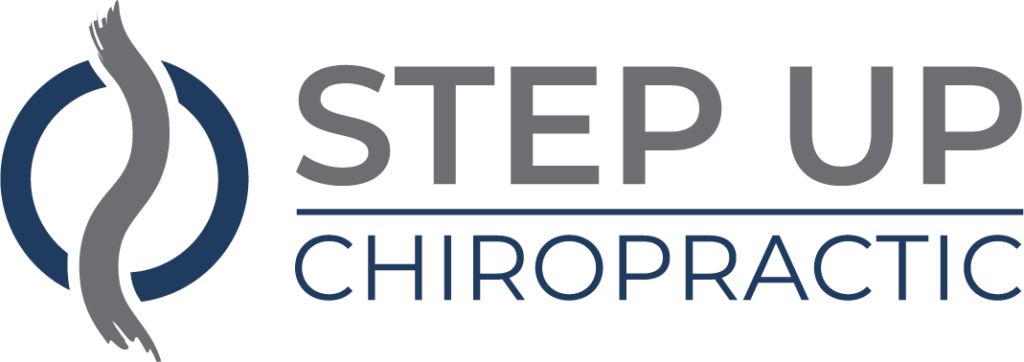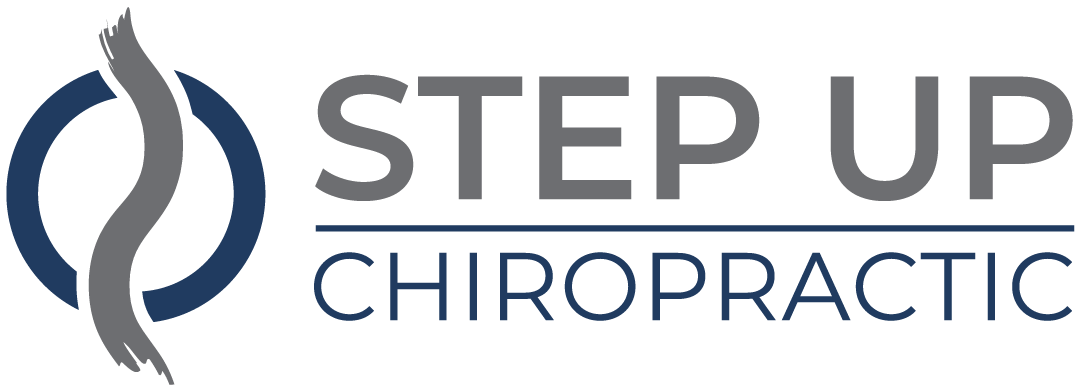If you're struggling with neck pain, exploring gentle techniques for relief can be particularly beneficial in Hawaii's serene environment. You might find that practices like Lomi Lomi massage or specific yoga stretches not only ease tension but also enhance your overall well-being. As you consider these options, you'll want to understand how mindfulness can play a role in your healing journey. But what local resources or methods can you tap into to create a truly pain-free experience?
Understanding Neck Pain Causes
Many people experience neck pain at some point, and understanding its causes can help you find relief. Neck pain can arise from various factors, including poor posture, muscle strain, and injury. If you spend long hours hunched over a computer or looking down at your phone, you might be setting yourself up for discomfort. This kind of strain leads to tension in the muscles and ligaments, resulting in pain and stiffness.
Stress also plays a significant role in neck pain. When you're stressed, your muscles can tighten, particularly in the neck and shoulders. You may not even realize it, but that tightness can lead to chronic pain over time.
Additionally, sleeping in an awkward position or using an unsupportive pillow can cause your neck to feel stiff and sore in the morning.
Injuries, like whiplash from a car accident or a sports-related incident, can also lead to neck pain. These injuries can damage the muscles, ligaments, and tendons, creating inflammation and discomfort.
Aging is another factor; as you get older, the discs in your spine can degenerate, leading to conditions like cervical spondylosis.
Understanding these causes is essential for addressing your neck pain effectively. By identifying the root of your discomfort, you can take steps to modify your habits, seek treatment, or adopt preventive measures.
Taking action now can lead to a more comfortable life.
Yoga Practices for Relief
Finding effective relief from neck pain often requires a holistic approach, and yoga can play a significant role in easing discomfort. Practicing specific yoga poses can help stretch and strengthen the muscles around your neck, promoting better alignment and reducing tension.
Here are four yoga practices you can incorporate into your routine:
- Cat-Cow Stretch: Start on your hands and knees. Inhale as you arch your back (Cow) and look up, then exhale as you round your spine (Cat) and tuck your chin. Repeat this flow to gently mobilize your spine and neck.
- Child's Pose: Kneel on the floor, sit back on your heels, and extend your arms forward while lowering your forehead to the ground. This pose relaxes your neck and shoulders, allowing for a calming stretch.
- Neck Rolls: Sit comfortably with your spine straight. Gently drop your right ear to your right shoulder, then roll your head forward and to the left. Repeat this motion several times in both directions to relieve tension.
- Seated Forward Bend: While sitting, extend your legs in front of you and slowly reach for your toes. This pose stretches the entire back and neck, promoting relaxation and easing tightness.
Incorporating these yoga practices into your routine can help enhance your overall neck health.
Be patient with yourself, listen to your body, and enjoy the journey toward relief.
Benefits of Massage Therapy
Massage therapy offers a powerful way to relieve neck pain and tension while promoting relaxation and emotional well-being. When you experience discomfort in your neck, massage can target those tight muscles, helping to ease the pain and restore mobility. Skilled therapists use various techniques, such as deep tissue and trigger point therapy, to break down knots and improve circulation in the affected areas.
One of the notable benefits of massage therapy is its ability to reduce stress. As you let go of tension in your neck, you'll likely notice a decrease in anxiety levels and an overall sense of calm. This relaxation response can lead to improved sleep quality, allowing your body to heal more effectively.
Additionally, regular massage sessions can enhance your body's flexibility and range of motion. This improvement can be crucial, especially if you're recovering from an injury or dealing with chronic neck pain. With increased mobility, you can engage in daily activities and exercise with greater ease.
Another benefit worth pondering is the personalized care you receive during a massage. Your therapist can tailor each session to address your specific needs and concerns, ensuring you get the most effective treatment for your unique situation.
It's an opportunity to understand your body better, learning which areas need attention and how to maintain your neck's health.
Incorporating massage therapy into your wellness routine can greatly improve your neck pain and overall quality of life.
Mindfulness and Relaxation Techniques
When you're dealing with neck pain, incorporating mindfulness and relaxation techniques can make a significant difference.
Breathing exercises can help reduce tension, while guided visualization and progressive muscle relaxation allow your body to let go of stress.
Breathing Exercises Benefits
How can breathing exercises transform your approach to neck pain relief? When you incorporate breathing techniques into your routine, you not only calm your mind but also help release tension in your neck.
Here are some benefits you might experience:
- Reduced Stress: Deep breathing lowers cortisol levels, which helps alleviate stress that often contributes to muscle tension.
- Improved Blood Flow: Focusing on your breath enhances circulation, promoting healing in the neck area and reducing pain.
- Increased Mindfulness: Breathing exercises ground you in the present moment, allowing you to become aware of your body and its sensations, fostering a sense of control over discomfort.
- Enhanced Relaxation: Practicing controlled breathing activates your body's relaxation response, helping to ease tight muscles and promote overall well-being.
Guided Visualization Practice
Building on the calming effects of breathing exercises, guided visualization practice offers another powerful tool for managing neck pain. This technique allows you to mentally escape from discomfort by immersing yourself in soothing imagery.
To start, find a quiet space where you can sit or lie down comfortably. Close your eyes and take a few deep breaths, letting go of tension with each exhale.
Once you're relaxed, envision a peaceful scene—a serene beach in Hawaii, for example. Picture the gentle waves lapping against the shore, the warm sun on your skin, and the soft rustle of palm trees.
As you immerse yourself in this scene, focus on the sensations associated with it. Feel the warmth, hear the sounds, and smell the fresh ocean air.
As you visualize, direct your attention to the area of your neck where you feel discomfort. Imagine the warmth and light from your peaceful scene enveloping that area, soothing it and releasing tension.
Spend several minutes in this visualization, allowing your mind to drift deeper into relaxation. When you're ready, gently bring your awareness back to the present, feeling more at ease and centered.
Progressive Muscle Relaxation
Progressive Muscle Relaxation (PMR) is a highly effective technique for relieving tension and promoting relaxation, especially for those dealing with neck pain.
By systematically tensing and relaxing different muscle groups, you can enhance your body awareness and reduce stress. Here's how to practice PMR:
- Find a quiet space: Choose a comfortable position, whether sitting or lying down, in a calm environment.
- Start from the bottom: Begin with your toes. Tense the muscles for a few seconds, then release and notice the difference.
- Work your way up: Move through your calves, thighs, abdomen, and back, following the same process of tensing and relaxing.
- Focus on your neck: Finally, tense the muscles in your neck and shoulders. Hold for a moment, then relax deeply, allowing any tension to melt away.
As you progress through each muscle group, you'll likely feel a sense of calm wash over you.
PMR not only helps alleviate neck pain but also fosters mindfulness, making it a valuable addition to your relaxation routine in Hawaii.
Local Healing Modalities
In the serene landscapes of Hawaii, local healing modalities offer unique approaches to neck pain relief that blend traditional practices with natural elements. You'll find that these methods often focus on the connection between body and spirit, promoting overall wellness rather than just addressing symptoms.
One popular technique is Lomi Lomi massage, which uses long, flowing strokes and gentle stretches to release tension in your neck and shoulders. The rhythm of the massage mimics the ocean waves, creating a soothing experience that can help alleviate pain and promote relaxation.
You might also explore Hawaiian healing practices like Ho'oponopono, a method that encourages forgiveness and emotional release, which can be beneficial for neck pain caused by stress or emotional tension.
Another modality worth considering is the use of herbal remedies. Local practitioners often utilize native plants to create poultices or oils that can soothe sore muscles and reduce inflammation. Ingredients like ginger and turmeric are particularly known for their anti-inflammatory properties and can be easily integrated into your self-care routine.
Lastly, the art of breathwork, or "ha," emphasizes deep, mindful breathing to enhance relaxation and oxygenate muscles.
Creating a Pain-Free Environment
Creating a pain-free environment is essential for managing neck pain effectively. Your surroundings play a significant role in how you feel each day. By making a few adjustments, you can create a space that supports your well-being and eases discomfort.
Here are four key steps to contemplate:
- Ergonomic Furniture: Choose furniture that promotes good posture. An ergonomic chair with proper lumbar support can help you maintain a neutral spine while working or relaxing.
- Adjust Your Workspace: Position your computer screen at eye level to avoid straining your neck. Ascertain your keyboard and mouse are within easy reach, allowing your arms to rest comfortably at your sides.
- Create a Relaxation Zone: Designate an area in your home for relaxation. Incorporate soft lighting, calming colors, and comfortable pillows to encourage you to unwind and relieve tension.
- Maintain a Clutter-Free Space: A tidy environment reduces stress and promotes a sense of calm. Regularly declutter your space to create a peaceful atmosphere where you can focus on healing.
Conclusion
Incorporating gentle techniques for neck pain relief can transform your well-being. By embracing yoga, massage therapy, and mindfulness practices, you not only ease physical discomfort but also nurture your mental health. Explore local healing modalities to enhance your journey, and don't forget to create a serene environment that supports your healing process. By taking these steps, you'll find a harmonious balance that helps you live pain-free and fully enjoy the beauty of Hawaii.




